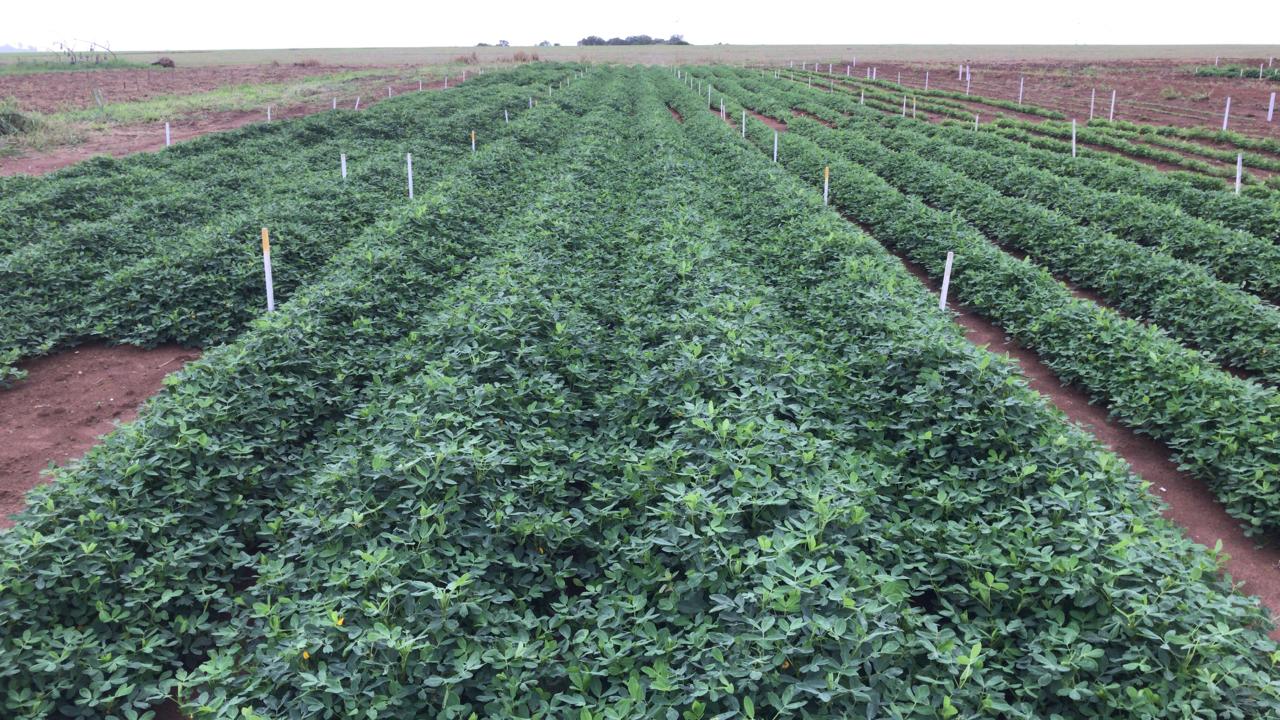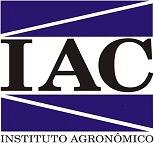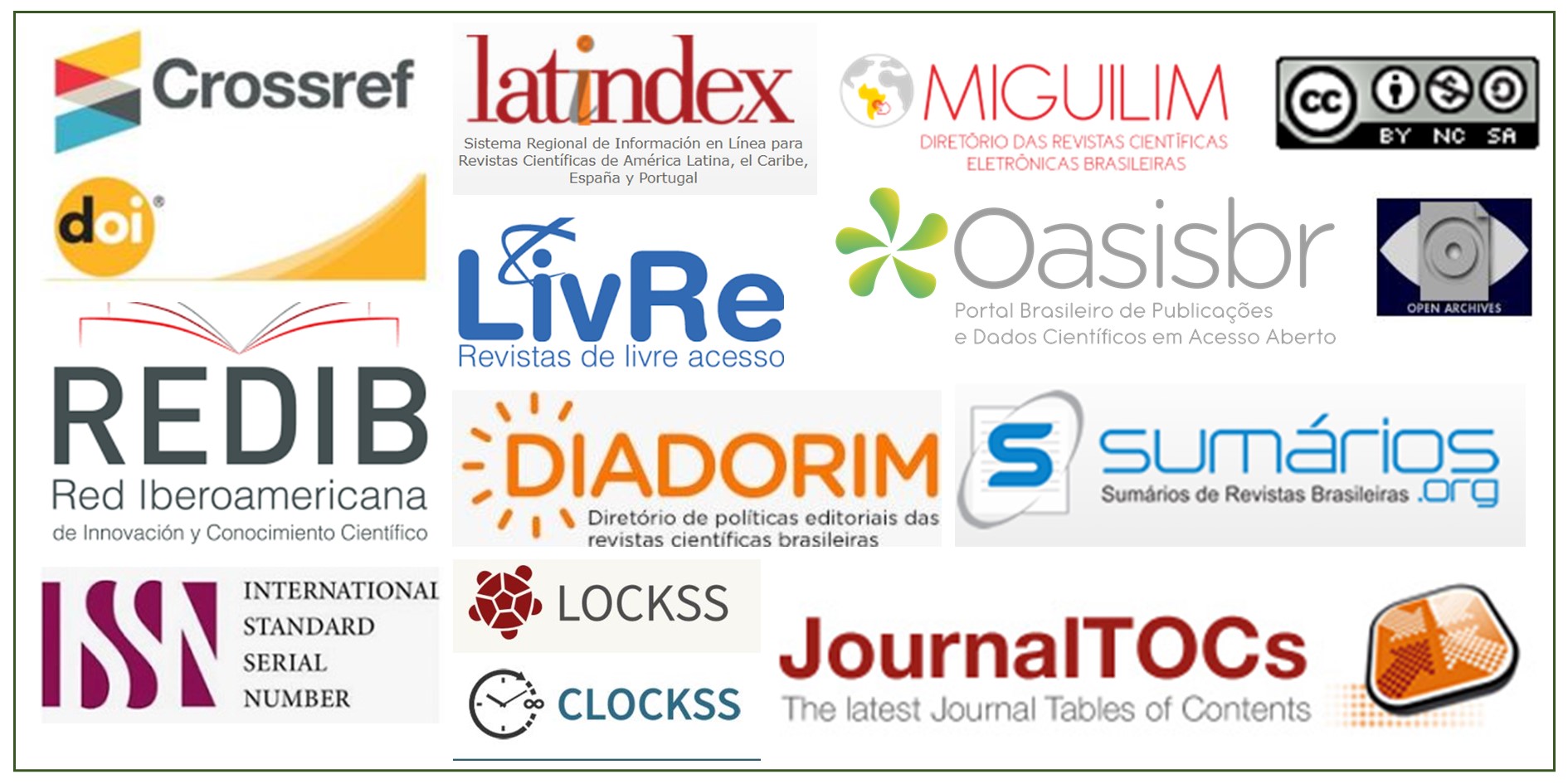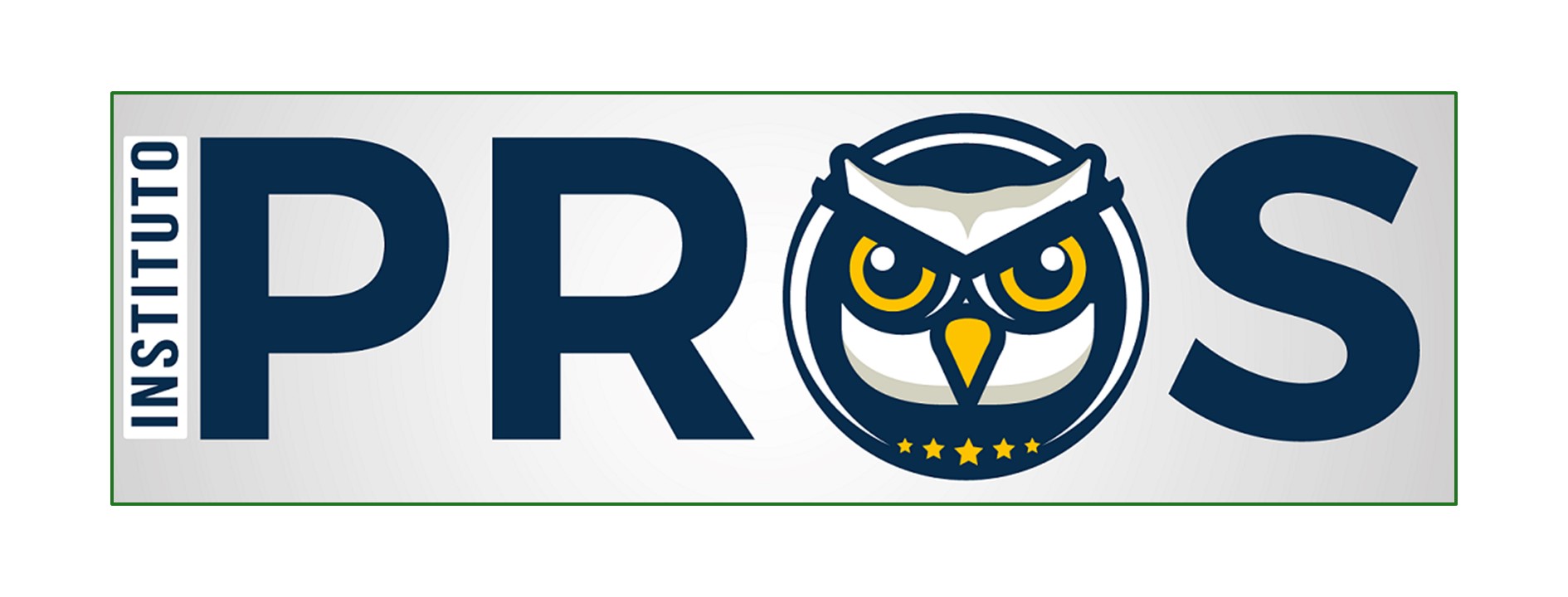Agronomic performance of Granoleico peanuts under different sowing times of Sorriso-MT
DOI:
https://doi.org/10.17648/sas.v1i2.40Keywords:
Arachis hypogaea L., Productivity, Peanuts in Mato GrossoAbstract
The objective of this study is to determine the best sowing time to cultivate Granoleico peanuts under the conditions of Sorriso-MT. The experiment was carried out in the experimental area of "‹"‹the Federal Institute of Education, Science and Technology – IFMT Campus Sorriso, located in the city of Sorriso-MT. A randomized block design with 3 replications was used. The treatments were 6 sowing times (1st - 11/07/2019, 2nd - 11/28/2019, 3rd - 12/19/2019, 4th - 01/09/2020, 5th - 01/30/2020 and 6th - 02/13/2020). The peanut cultivar was Granoleico, developed by Criadero El Carmen from Argentina. The plots were composed of 4 lines of 4 meters in length and spacing of 0.90 m. The two central lines were considered as a useful area, totaling 7.2 m2 per plot. When pods matured, plants from the useful area were harvested 140 days after emergence (DAE) for the 1st, 2nd, 3rd and 4th sowing seasons, at 117 DAE for 5th season and at 109 DAE the 6th sowing season, because the pods were at the proper point of maturation in the respective seasons. Pod yield (kg ha-1), grain yield (%), mass of 100 grains (g), number of pods per plant, number of grains per plant and number of grains per pod were determined. The variables number of pods per plant, number of grains per plant and mass of 100 grains did not obtain a significant difference due to the sowing times of the cultivar Granoleico. Only the november 7 season obtained the lowest number of grains per pod in relation to the other seasons. The best yields were obtained on the 9th of january and the 19th of december. The november 7 season resulted in the highest pod productivity. Finally, there is a need for further studies to obtain confirmation of the results obtained under the conditions of Sorriso-MT.
Downloads

Downloads
Published
How to Cite
Issue
Section
License
Autores concordam com os seguintes termos:
a) Os autores mantêm os direitos autorais e concedem à revista o direito de primeira publicação, com o trabalho simultaneamente licenciado sob a LicençaAttribution-NonCommercial-ShareAlike 4.0 International, que permite o compartilhamento do trabalho com reconhecimento da autoria e publicação inicial na Revista SAS. A licença permite o uso, a distribuição e a reprodução irrestrita, em qualquer meio, desde que devidamente citada a fonte. Essa licença permite também que outros remixem, adaptem e criem a partir do seu trabalho para fins não comerciais, desde que atribuam a você o devido crédito e que licenciem as novas criações sob termos idênticos.
b) Não cabe aos autores compensação financeira a qualquer título, por artigos ou resenhas publicados na South American Sciences.
c) Os conceitos expressos nos artigos publicados na South American Sciences são de inteira responsabilidade de seus autores.








